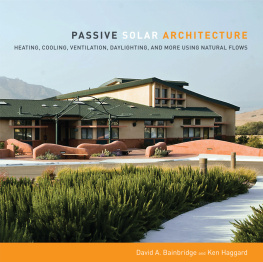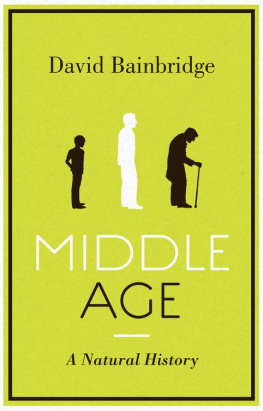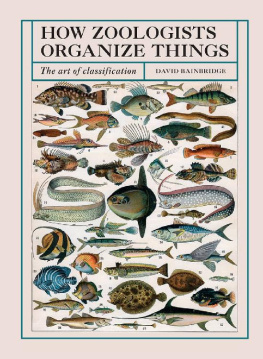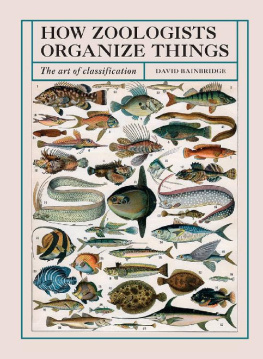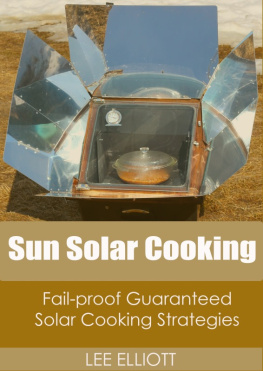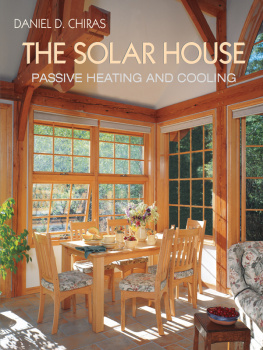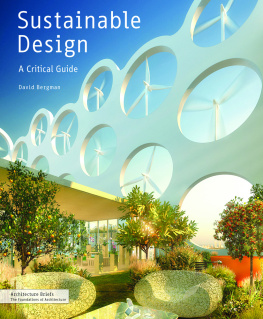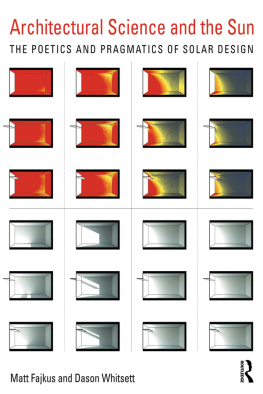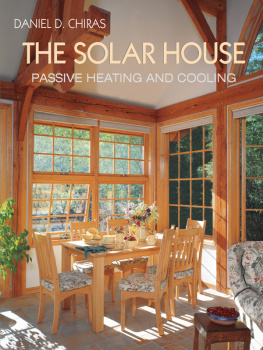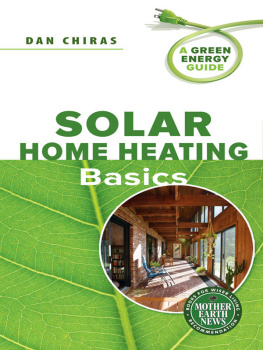APPENDIX A
Easy to Do and Harder to Do
Some sustainable design options are simply harder to implement well than others, or carry more risk going forward. They may still be the best solution for the problem, but must be approached with care. The difficulty of doing things well declines with experience and in some cases with improved technology; but often the limitations are related to microclimate, biological, or environmental stresses or complications.
With an excellent craftsman and the best materials, almost anything can be done in a way that works and will function well for many years. But if the workmanship or materials are not as good, things can go wrong sooner than expected.
Easy to Do Well

- Pitched roofs, greater than 4:12 (will often work long after shingles are worn out). Steeper pitch also appears less vulnerable to hurricane damage.
- Wood-framed buildings (but regional problems with termites).
- Vertical windows.
- Overhangs.
- Interior shutters.
- Interior blinds.
- Adobe, rammed earth, water tank thermal mass.
- Passive solar water heaters.
- Clotheslines.
- Microhydro (although intake grates can be problematic).
- Grid-tied photovoltaic systems.
- Basic rainwater harvesting (for garden).
- Simple gray-water recycling (washing-machine water, shower).
- Hot-air collectors and simple air circulation.
- Pit toilets.
- Septic tanks and leach fields.
Harder to Do Well
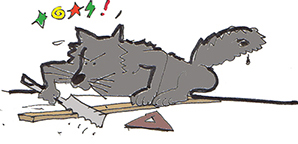
- Sloped windows and shallow-angled greenhouse roofs.
- Arbors and trellises (seemingly simple, but usually too massive and not designed to last).
- Sunspaces and solar greenhouses (overheating issues in summer, distribution of heat to house in winter).
- Roof ponds.
- Flat and low-angled roofs (shorter lifetime, leaks almost inevitable with poor maintenance or extending use past expected life).
- Subterranean houses (potential for leaks and mold; leaks very hard to find and repair).
- Living roofs (potential for leaks, leaks very hard to find and repair).
- Sawtooth roofs (potential for leaks).
- Exterior shutters and blinds (although more costly systems have a better track record).
- Exterior foam wall insulation and covering (but materials getting better).
- Earth and clay plasters on exterior straw bale walls (challenging to get it right).
- Skylights (overheating in summer, leaks, seal or glazing failures).
- Active solar water heating systems (controls, materials overheat when system is dry).
- Partially shaded photovoltaic systems (critical to get design right if some modules are shaded at times).
- Flush toilets (low cost, often faulty flush valves).
- Compost toilets (design and operation must be done well).
- More complete gray-water recycling (design and operation must be done with care).
- Biofilters and living sewage treatment systems (challenging design issues and operation).
- Off-grid electric systems (design, equipment choices, and battery maintenance and care are critical).
- Wind machines (getting better all the time, but they still work in a very hostile environment).
- Rainwater harvesting systems for drinking water.
- Hot-air collectors and gravel bed thermal storage.
- Cool tubes (design challenges with moisture and mold, maintenance).
APPENDIX B
Tool Kit for
Building Evaluation
It is possible to put together a pretty good tool kit for a few hundred dollars. The key tools include a light meter, sound meter, windspeed meter, radiant and air temperature readers, and humidity gauge. A simple indoor/outdoor thermometer with max/min recording can be very useful, but recording thermometers like the HOBOs from Onset are even better and dont cost much. A thermal imaging camera can also be very informative, but can cost $5,000 or more. Rentals are a good compromise, but not cheap. A blower door ($2,000-plus) and other tools can also be helpful, but are expensive and require more practice and training. A sensitive portable carbon monoxide monitor, perhaps $300, is also useful.

Simple and not very expensive meters and test equipment can provide more insight into energy flows and sustainable building design.
Airflow
One of the most challenging tasks is understanding airflow. Airflow through a building or yard is complex and often changing, depending on wind direction and intensity, which doors and windows or open, and where furniture is placed. Understanding airflow better can help you improve the performance of your building. Tools can range from a windspeed meter (best at higher airspeeds) to helium-filled balloons on strings to soap bubbles. Incense or smoke pencils are also helpful.
Balloons
Bright-colored helium-filled balloons with bright-colored ribbon and a weight for each balloon can demonstrate airflow patterns clearly. You can use different lengths of ribbon to contrast flows at different heights. They gradually lose gas, so plan on testing while they are fresh. Try different combinations of open windows and fan placements to find the best ventilation pattern.
Bubbles
Bubbles are also informative, especially for outside flows. Indoors, little bubbles are good, but outdoors bigger bubbles are easier to follow. Here are a couple of recipes for bubbles. Karo syrup should only be used outside. With the right mix, the bubbles will last quite a while; you can even identify and follow very low-speed airflows, such as cold-air drainage. You can buy glycerine at many drugstores.
Indoor Bubbles
cup cold distilled water
cup dishwashing soap (Joy Ultra, Ivory, or Dawn)
5 drops glycerine
Big Outdoor Bubbles
3 cups distilled water
1 cup liquid detergent or no-tears shampoo
1 cup glycerine or light corn syrup
Smoke Pencils
Nontoxic smoke is preferred. A wide range of smoke puffers and pencils are available. The Chimney Balloon offers a nontoxic version for $25 (http://www.chimneyballoon.us/smokepencilstick.html). Some people prefer incense.
Blower Doors
Blower doors allow you to pressurize a building and explore airflows, leaks, and performance. Blower doors are often used for retrofit exploration and design, but also useful for commissioning new buildings. Blower doors, flow hoods, and duct blasters can be used to evaluate duct systems. For more information, see Keefes Introduction to Blower Doors in Home Energy Magazine (www.homeenergy.org/archive/hem.dis.anl.gov/eehem/94/940110.html).
Training
To better understand how to monitor and evaluate a building, attend a training workshop with Vital Signs, an outstanding program coordinated through the Center for Environmental Design Research at the University of CaliforniaBerkeley, with great support from members of the Society of Building Science Educators (http://arch.ced.berkeley.edu/vitalsigns).
If you are an educator or will teach workshops, please join the Society of Building Science Educators (SBSE). SBSE (www.sbse.org) is an association of university educators and practitioners in architecture and related disciplines who support excellence in the teaching of environmental science and building technologies.

